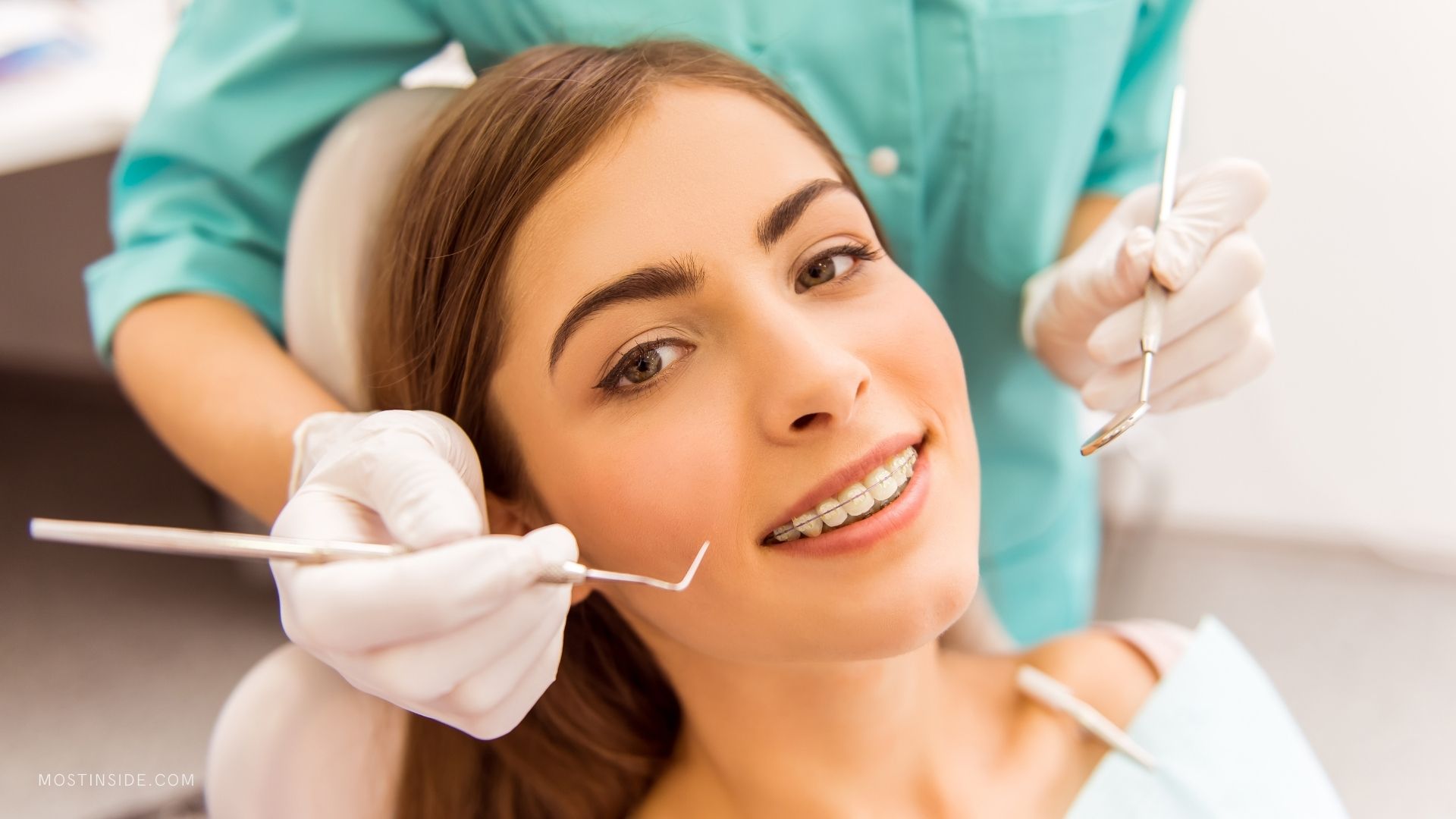7 Signs That Tell You it’s Time to See an Orthodontist

Intro:
The American Association of Orthodontists found that the number of people seeking orthodontic treatment increased in 2019. When it comes to the appearance of teeth, adults and parents have become proactive.
Orthodontists treat teeth that consist of irregularities. They also help prevent teeth issues such as misalignments and pain. Orthodontists use several tools including braces, retainers, and re-aligners.
Between 25% to 50% of children require orthodontic treatment. It offers them an opportunity to improve their self-esteem. Thus, visiting an orthodontist to improve crooked teeth has positive psychological effects on the patient.
Here we explore seven signs that tell you it’s time to see an orthodontist.
1. Baby Teeth Fall Out Too Soon or Too Late
When a baby child’s teeth start to fall out, it signals another change in their life. It’s exciting to know that the Tooth Fairy is going to visit them. Some children spend a few weeks with gaps in their mouths. Others sprout their adult teeth while waiting for their baby teeth to fall out.
In this stage, a gap that’s too long or none at all signals that the children will require care from an orthodontist.
For example, a child whose baby teeth don’t fall out when their adult teeth sprout will require braces to treat an underbite. The good news is that the sooner they receive treatment, the easier their teeth will shift.
2. Chewing Issues
A small minority of adults have straight teeth. Another group of people don’t have perfectly straight teeth and don’t require orthodontic treatment either. However, individuals who experience chewing issues benefit from treatment provided by an orthodontist.
When a person chews, the upper teeth must be the bottom teeth in perfect alignment. Otherwise, the individual compensates. Overcompensation leads to jaw pain. It also wears out the teeth doing more work faster.
In severe cases, the individual chews their cheek by accident. Injuries inside the mouth pose an oral health risk.
3. Jaw Pain
Jaw pain results from several factors. Misaligned teeth are one. It’s often a side-effect of an accident or physical injury too.
Individuals who grind their teeth or experience temporomandibular joint and muscle disorder experience jaw pain too.
An orthodontist assesses the pain. They also take a look at the alignment of the patient’s teeth. The orthodontist asks several questions to figure out the pain’s severity, length, and causes.
The diagnosis leads to a treatment plan. To learn more about why you wake up with jaw pain, check out JS Dental Lab offers more information here.
4. Thumb-Sucking Habit
Babies suck their thumb as a self-soothing method. Pacifiers have a similar purpose. However, if either of these activities continues for too long, they impact their child’s jaw and future teeth alignment.
Adults who sucked their thumb as babies or children, benefit from a visit to the orthodontist.
Thumbsucking changes the shape of an individual’s palate starting at 18 months old. It impacts the area more between the ages of five to eight.
5. Crowded Teeth
Crowded teeth are a sign that tells an individual it’s time to see an orthodontist. Teeth that overlap signal that the person’s mouth is small and doesn’t accommodate their teeth.
Overlapped teeth can cause pain. They also cause oral health and aesthetic issues.
The fix for crowded teeth is simple. An orthodontist extracts a few and places braces on the remaining. The process spreads out the remaining teeth. Plus, it leads to a beautiful smile that’s healthy and beautiful.
Moreover, it’s easier to brush and floss them afterward.
6. Bite Concerns
Accidentally biting your cheek, lip, or tongue consistently is a sign that it’s time to consult with an orthodontist.
If there is inflammation in your gums or inner cheek, a person is more likely to bite themselves. It’s also a reason to see the dentist. A combination of concerns might exist such as periodontal disease and misaligned teeth.
7. Off-Balance Facial Symmetry
Teeth that are severely misaligned impact the individual’s facial symmetry and other features.
For example, an overbite causes the smile line wrinkles to become more pronounced. Impacted wisdom teeth affect the jaw where it meets the ear.
You’d be amazed to find out that it’s possible to improve your facial structure by treating your teeth. It’s like having facial plastic surgery without going through plastic surgery.
Individuals who notice that their facial symmetry is off-balance benefit from making an appointment with an orthodontist. Treatment can fix the symmetry and lead to a brighter smile.
Conclusion
People with teeth concerns can visit an orthodontist without a referral from their dentist. Fixing misaligned teeth boosts a person’s self-esteem; it also treats oral health problems. Crooked teeth lead to cavities and tooth decay simply because it’s difficult to clean in those areas.
Don’t ignore the signs that it’s time to see an orthodontist.
Recommended For You
7 Food Stuffs That Are Causing Hair Fall
Most Inside
Most Inside offers high-quality recommendations and valuable updates to enhance all aspects of your life, providing premium guidance and enriching experiences.




